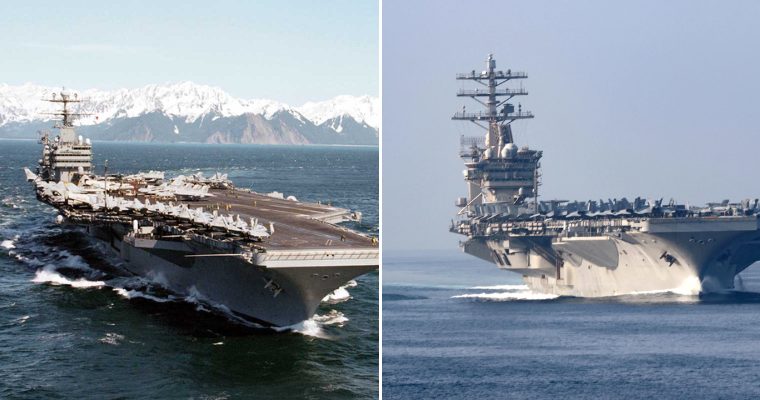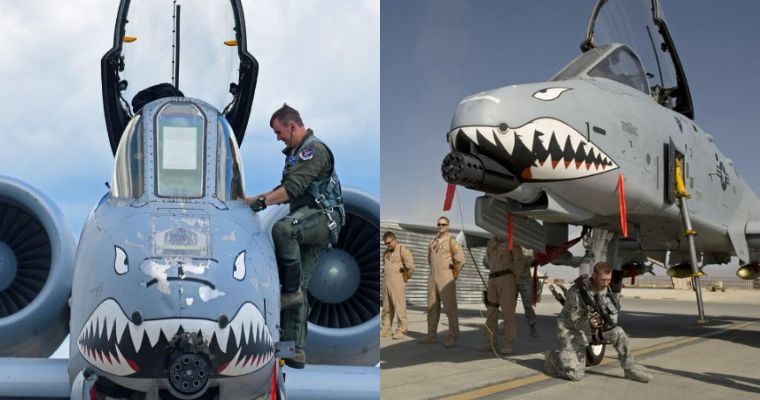
US Marine Corps Cpl. Ethan Small, a reconnaissance Marine assigned to Maritime Raid Force, 31st Marine Expeditionary Unit, simulates attacking a target through a window while rappelling down a rappel tower on Camp Hansen in Okinawa, Japan, April 14, 2016. US Marine Corps photo by Lance Cpl. Carl King Jr.
Throughout the summer of 2010, Marines from 1st Recon Battalion stalked insurgents through the canals and cornfields of Trek Nawa. The Marine Recon unit been deployed to the remote area of southern Afghanistan to hunt the Taliban on their own turf.
The Marines monitored the enemy’s radio transmissions. One day they overheard a Taliban commander issue a warning over the radio. “Don’t mess with the Black Diamonds,” the commander said. He was cautioning his fighters against engaging any American who wore the distinct diamond-shaped night vision mount on their helmet. The Marines of 1st Recon Battalion were the only troops in the area who wore those mounts. As the Taliban had come to realize, they were not ordinary grunts. And they were not to be messed with.

A Marine with Bravo Company, 1st Reconnaissance Battalion, 1st Marine Division (Forward), provides security during a patrol in southern Trek Nawa, Afghanistan, Aug. 9, 2010. US Marine Corps photo by Ezekiel Kitandwe.
Marine Recon is among the most secretive and highly trained organizations within the Corps. Since 1957, the elite group has distinguished itself as a force composed of ambitious, reliable, and highly lethal Marines. They’re better trained and better equipped than standard infantrymen. Yet, the elite warfighters are not considered special operations.
Why Isn’t Marine Recon Considered Special Operations?
Recon Marines are not considered “special operators” for one simple reason: The Marine Corps does not want them to be. Marine Recon does not answer to United States Special Operations Command (SOCOM). Instead, the unit is under the control of the Fleet Marine Force.
Because Marine Recon does not fall under SOCOM, the Marine Corps has authority over how Recon Marines are utilized. Their primary role is to support the rest of the Marine Corps, rather than conduct stand-alone operations like Marine Raiders or other special operations units.
Despite not being a part of SOCOM, Marine Recon is considered “special operations capable.” This means that Recon Marines receive much of the same rigorous training as special operations units and adhere to similarly strict operational standards. The difficult training pipeline and dangerous missions are part of what attracts many Marines to Recon.

US Marines with 2nd Reconnaissance Battalion, 2nd Marine Division, demonstrate a beach assault at Camp Lejeune, North Carolina, May 9, 2018. US Marine Corps photo by Lance Cpl. Elijah Abernathy.
“I didn’t necessarily want to be the best, but I wanted to test myself in the ultimate way,” said David Rose, a veteran of 2nd Recon Battalion. “Marine Recon provided that.”
Following their infantry training and the Basic Reconnaissance Course, Recon Marines attend Army Airborne School, the Marine Combatant Diver Course, and SERE, or Survival, Evasion, Resistance, and Escape School. Additionally, Recon Marines typically have opportunities to attend even more advanced training, like the Scout Sniper Course, Army Ranger School, and the Mountain Leaders Course, to name a few.
What Is Force Recon?
Marine Recon is split into two elements: Division Recon and Force Recon. While both groups are composed of Marines with the 0321 Reconnaissance military occupational specialty, they don’t share the same mission sets and responsibilities.
Division Recon includes the 1st, 2nd, 3rd, and 4th Recon Battalions. Each battalion belongs to one of the four Marine divisions. Members of Division Recon are responsible for providing division-level intelligence and reconnaissance in order to best support their division’s respective mission. This type of reconnaissance is typically conducted within range of air and naval support.

Sgt. Anthony Battles, left, Bravo Company, 1st Reconnaissance Battalion, 1st Marine Division (Forward), engages the enemy during a firefight in northern Trek Nawa, Afghanistan, Aug. 15, 2010. US Marine Corps photo by Sgt. Ezekiel Kitandwe.
Force Recon, on the other hand, is divided into smaller companies that answer to the Marine Expeditionary Force — the largest Marine Air-Ground Task Force. The name Force Recon derives from their affiliation with the MEF and does not signify an emphasis on direct action capabilities — a common misconception. Members of Force Recon specialize in deep reconnaissance, which entails operating far behind enemy lines and usually out of range of support assets.
Green Operations Versus Black Operations
Both Division Recon and Force Recon sort their missions into two categories: green and black.
Green operations are those that are strictly conducted for reconnaissance purposes, when the goal is to gather intelligence while avoiding detection. For example, a green operation might include scouting an enemy shoreline ahead of an amphibious invasion, or marking a landing zone for heliborne assault forces.
Black operations are direct action missions in which the goal is to find and engage the enemy. Black operations can include anything from seizing enemy ships to capturing a high-value target.

US Marine Corps Master Sgt. Todd Pinkler, operations chief, Charlie Company, 2nd Reconnaissance Battalion, scans the drop zone during the final preparations for free-fall parachute operations at Camp Davis, North Carolina, Sept. 26, 2021. US Marine Corps photo by Lance Cpl. Henry Rodriguez.
During the Vietnam War, Recon Marines earned the nickname “super grunts” for their reputation of being exceptionally trained warfighters who conducted dangerous missions in teams that were smaller than standard infantry units. Half a century later, Recon Marines continue to uphold their reputation on the far-flung battlefields of the War on Terror, where time and again they prove to be among the deadliest warfighters the Corps keeps in its arsenal.
Source: coffeeordie.com








